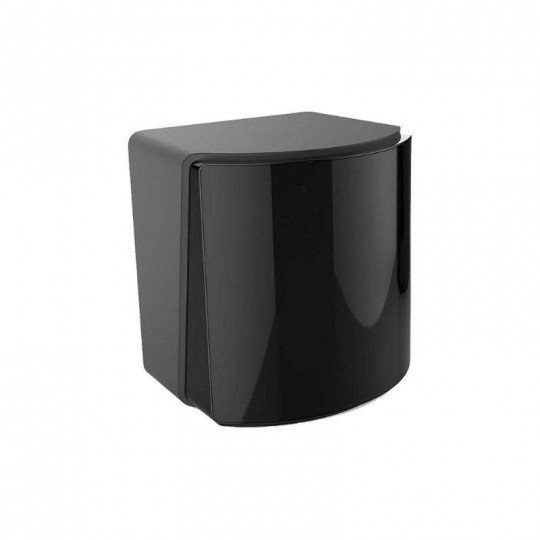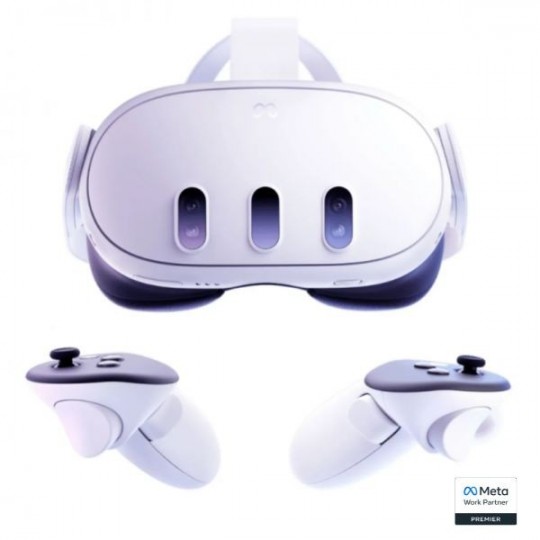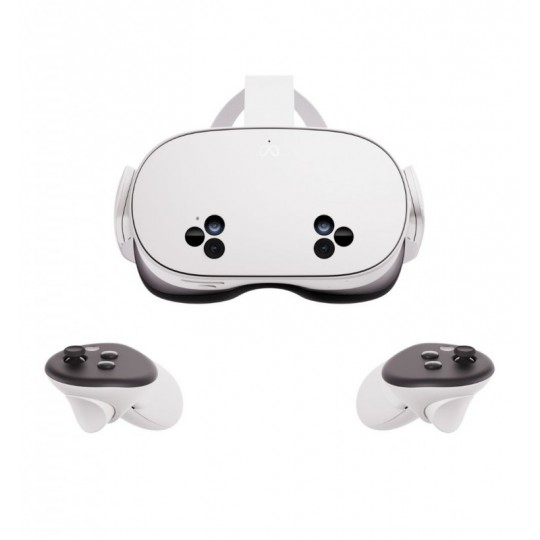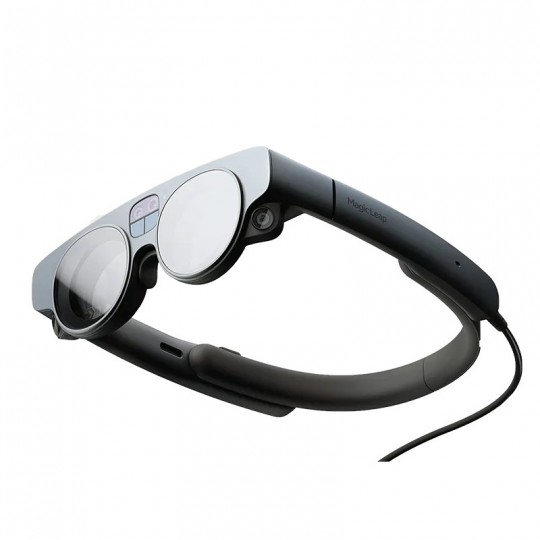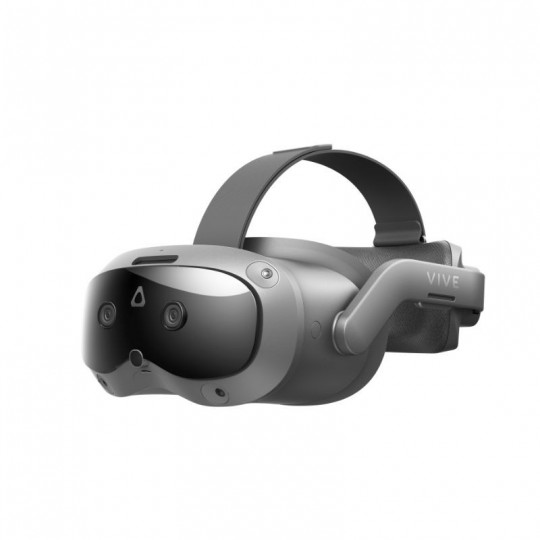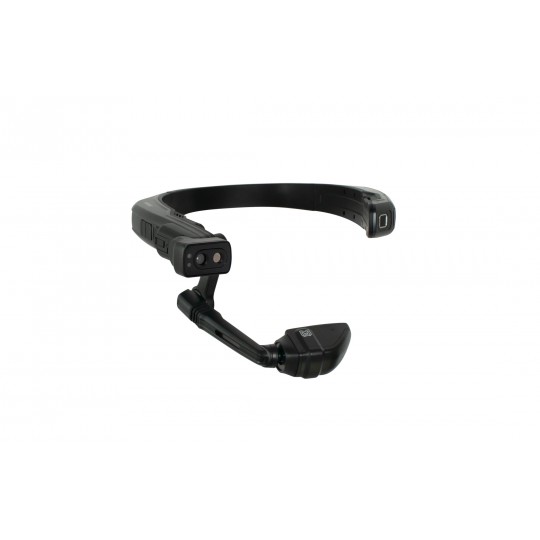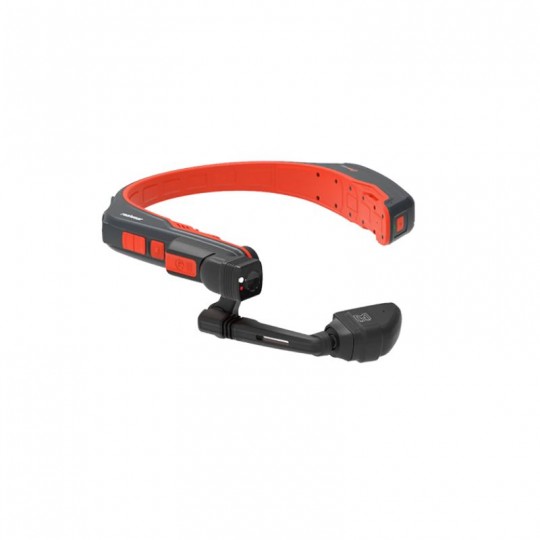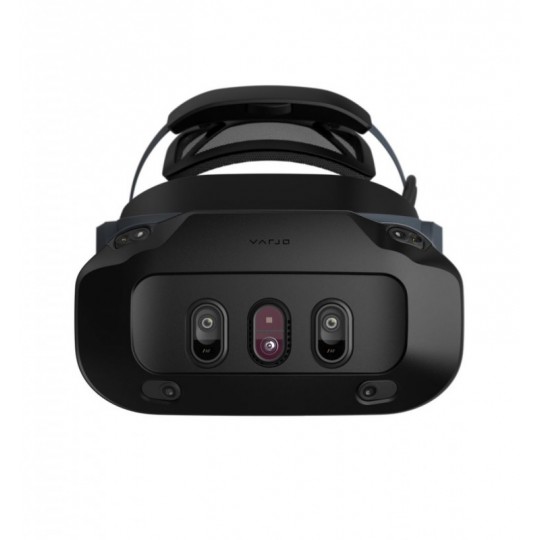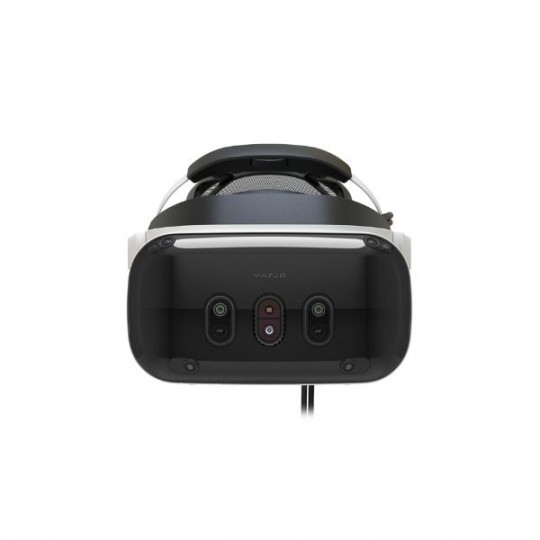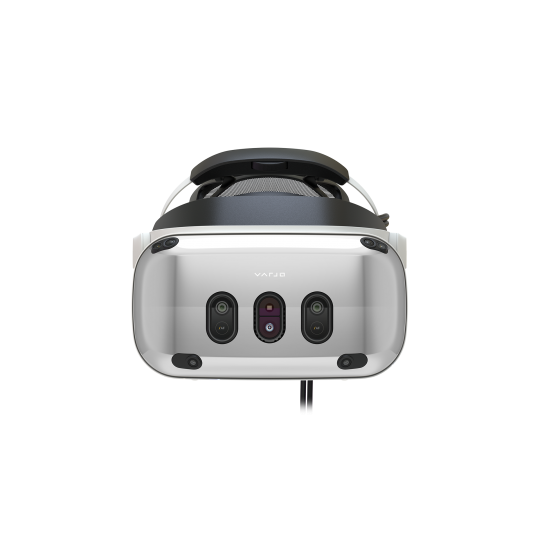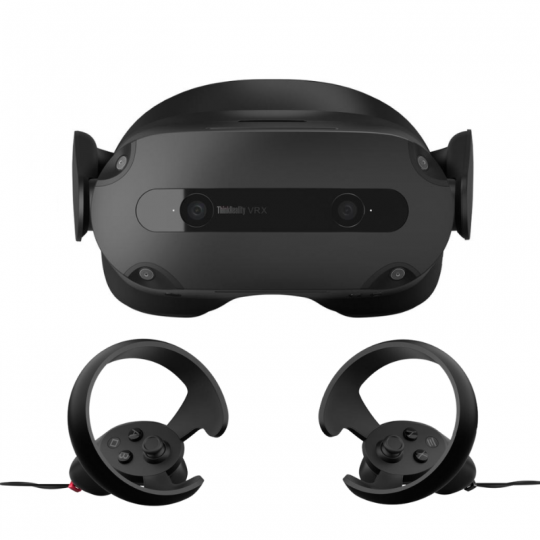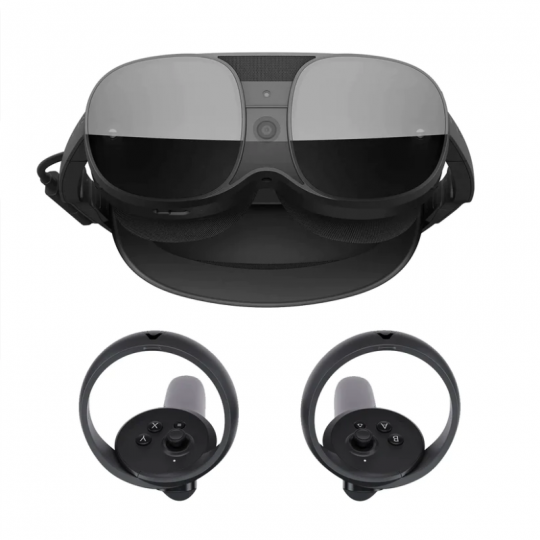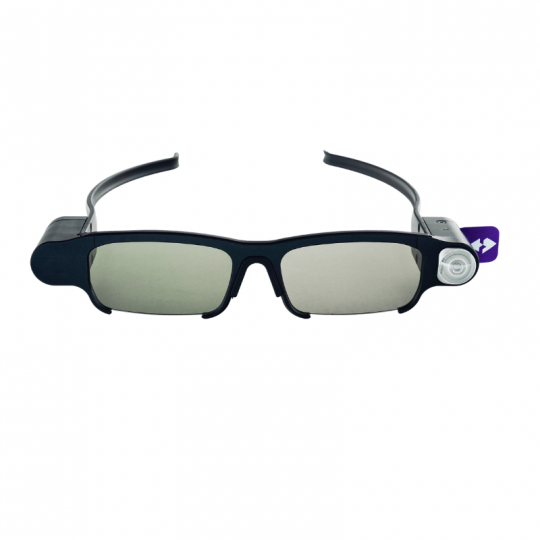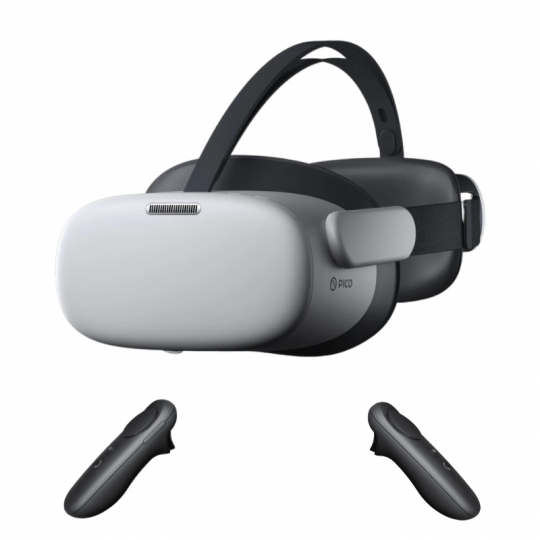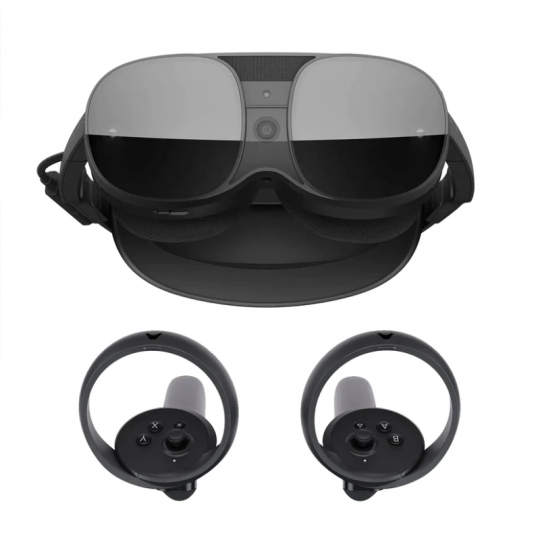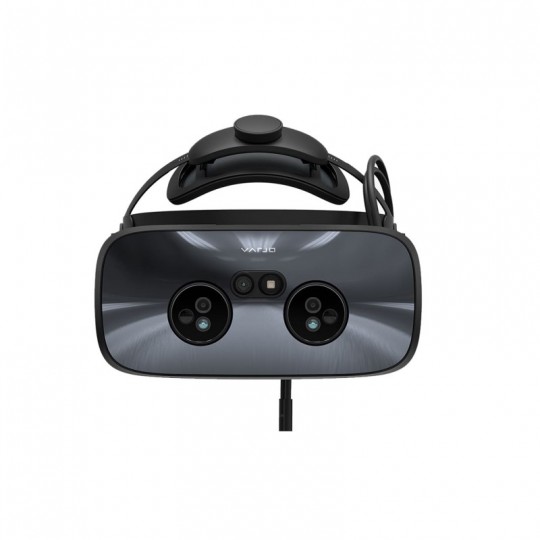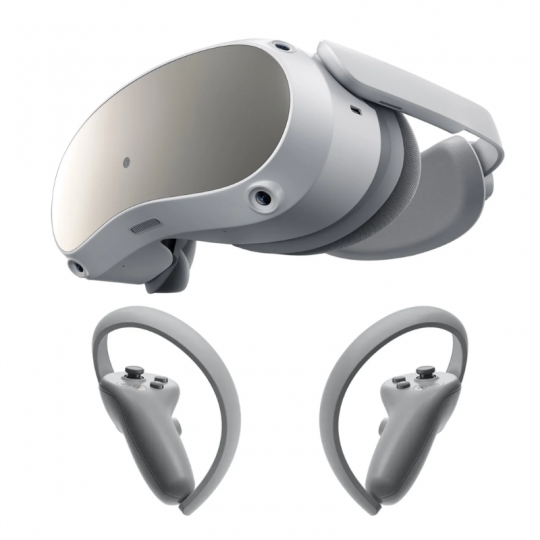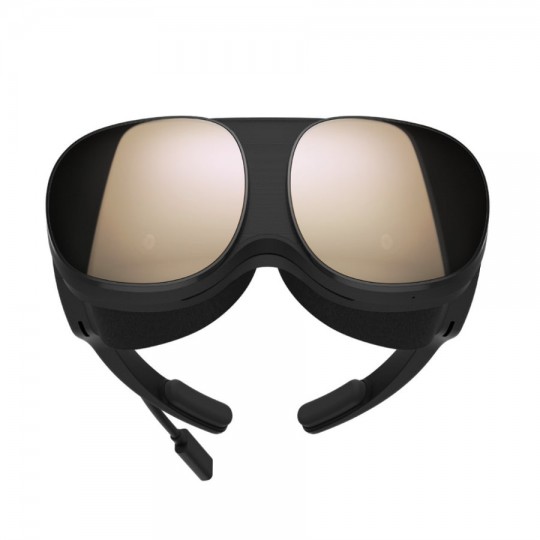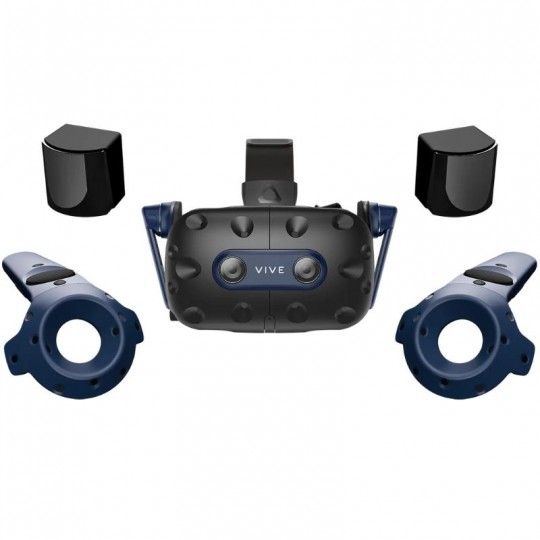
VR - AR headsets
How to choose your VR headset, AR headset or XR headset 👓
Virtual reality (VR), augmented reality (AR) and mixed reality (XR) technologies are increasingly being used for entertainment, education, training and the corporate world.
However, with so many choices from manufacturers such as Pico, Meta, Varjo, HTC VIVE, choosing the right headset can be difficult. We take a look at the key factors to consider when choosing the right headset, based on your objectives and the equipment you already have. Find out how to compare AR/VR headsets taking into account screens, field of view (FOV), cables, speed and lag for the best experience. 🤔💭💡
Virtual reality (VR) headsets
Virtual reality (VR) headsets completely immerse the user in a computer-generated artificial environment. They are equipped with an integrated screen and motion sensors to track the user's movements. These headsets are ideal for video games and immersive experiences. By wearing a VR headset, the user can have the impression of being transported into a three-dimensional virtual world, where they can interact with virtual objects and characters. VR headsets offer a complete sensory experience, with a wide field of vision and precise motion tracking, enabling total immersion in the virtual world.
Augmented reality (AR) headsets
Augmented reality (AR) headsets add digital elements to the user's real environment. They combine the perception of the real world with superimposed virtual elements. These headsets are often used for practical applications, such as viewing contextual information in real time, maintenance assistance or training using virtual annotations. AR headsets are equipped with cameras and sensors that analyse the environment and display digital information synchronised with reality. The user can see both the real world and virtual elements, creating an immersive experience while retaining awareness of the real environment.
Mixed reality headsets (MR or XR)
Mixed reality (MR) headsets, also known as extended reality (XR) headsets, combine the functionalities of VR and AR headsets. They offer both an immersive and augmented experience by allowing the user to interact with virtual objects in a real environment. These headsets use cameras and sensors to track the real environment and superimpose virtual objects in a coherent manner. MR headsets offer greater freedom of interaction with the virtual world, as they allow the user to move around physically and interact with digital elements. They can be used in fields such as design, training, artistic creation and many others.
How do you choose the right VR, AR or XR headset?
To choose the right headset for your needs, it's important to consider a number of key features. Here are the main features to consider when choosing a VR/AR headset:
Displays: 🖥️🎨🌈
For an immersive and realistic virtual reality experience, it is important to consider the resolution and refresh rate of the screen. High quality displays offer a sharp image and vibrant colours for the best experience.
Field Of Vision (FOV): 👀🔍👁️
The field of view (FOV) feature is critical when choosing a VR/AR/XR headset as it determines the size of the image that can be seen through the device. A larger FOV provides a more immersive experience.
Cables: 🚶♂️🏃♂️ 🔌
If you are looking for freedom of movement, you can opt for standalone VR headsets. However, for PC VR headsets, you will need a link cable to connect the headset to a powerful PC, which can limit your movement.
Speed and lag:⚡💻👀
Refresh rate and processing power are key factors in reducing lag in the VR/AR/XR experience. Powerful processors and a quality graphics card are required for a smooth and immersive experience. In general, a higher refresh rate means a smoother experience and less lag between the user's head movement and the displayed image.
However, it is important to note that the refresh rate must be considered in combination with the resolution and quality of the image. For example, a higher refresh rate may result in lower image quality if the resolution is not high enough to support this rate.
It is also important to note that the quality of the internet connection can also affect the speed and lag in the AR/VR/XR experience, especially in cases where the headset needs to connect to a remote server to stream content. Make sure you have a good internet connection for an optimal experience.
Which uses: professional and consumer? 🏢🎓🏥🏠
It is also important to consider the intended use of the headset. VR headsets are popular for video games and immersive consumer experiences, while AR headsets are often used for practical applications such as professional training and maintenance support. XR headsets, offering a combination of both, can be used for a variety of use cases, including education, healthcare, architecture and design. It is important to consider the end use of the headset when choosing the type that best suits your needs.
Products available on the Cornershop by Immersion:
If you are looking for a quality AR/VR/XR headset for your personal or professional projects, the Cornershop by Immersion can equip you or inform you. Here are some of the products available on the website:
- Meta Quest 2
- HTC VIVE XR Elite
- Varjo XR-3 Focal Edition
- Meta Quest Pro
- Pico 4 Enterprise
- HTC Vive Flow (Business Edition)
- Microsoft HoloLens 2 (Industrial Edition)
- Lenovo ThinkReality A3 (PC Edition)
- Lynx R1 (Enterprise Edition)
- Bundle Varjo XR-3 (Full accessories)
- HTC VIVE Pro Eye (Business Edition)
- Pico G2 4K Enterprise
- Pico G2 4K
- HP Reverb G2 Omnicept
- HTC VIVE Pro 2 (Casque seul)
- HTC Vive Focus 3
- Pico Neo 3 Pro (Eye)
- Pico Neo 3 Pro
- Varjo XR-3
- Varjo VR-3
- Microsoft HoloLens 2
- Varjo Aero
- HTC VIVE Pro 2 (Full Kit) Business Edition
These products offer a variety of features and functionality to meet your virtual, augmented or mixed reality needs. Whether you're looking for a headset for gaming, professional training, or architecture, the Cornershop by Immersion has many options to help you find the perfect headset.
FAQ:
🤔 What are the benefits of using VR/AR/XR headsets?
💬: VR/AR/XR headsets provide an immersive and interactive experience for gaming, professional training, education and many other areas. They allow users to immerse themselves in virtual worlds or overlay digital information on the real world.
🤔 How to choose the right VR/AR/XR headset?
💬 To choose the right headset, it is important to consider several features such as screen resolution, field of view, cables, speed and lag, as well as the intended use of the headset.
🤔 Are AR/VR/XR headsets suitable for all budgets?
💬 There are AR/VR/XR headsets suitable for different budgets, ranging from affordable standalone headsets to high-end headsets for demanding users.
🤔 What are the professional uses of AR/VR/XR headsets?
💬 AR headsets are often used for professional training and maintenance support while VR headsets are popular for video games and immersive consumer experiences. XR headsets can be used for a variety of use cases including education, healthcare, architecture and design.
🤔 What is the best headset for VR gaming?
💬 The Meta Quest 2 is the best choice for VR games because of its large library of games and ease of use.
🤔 How to reduce the lag in VR/AR/XR experience?
💬 Refresh rate and processing power are key factors in reducing lag in the VR/AR/XR experience. Powerful processors and sufficient RAM are needed to ensure a smooth and uninterrupted experience.

